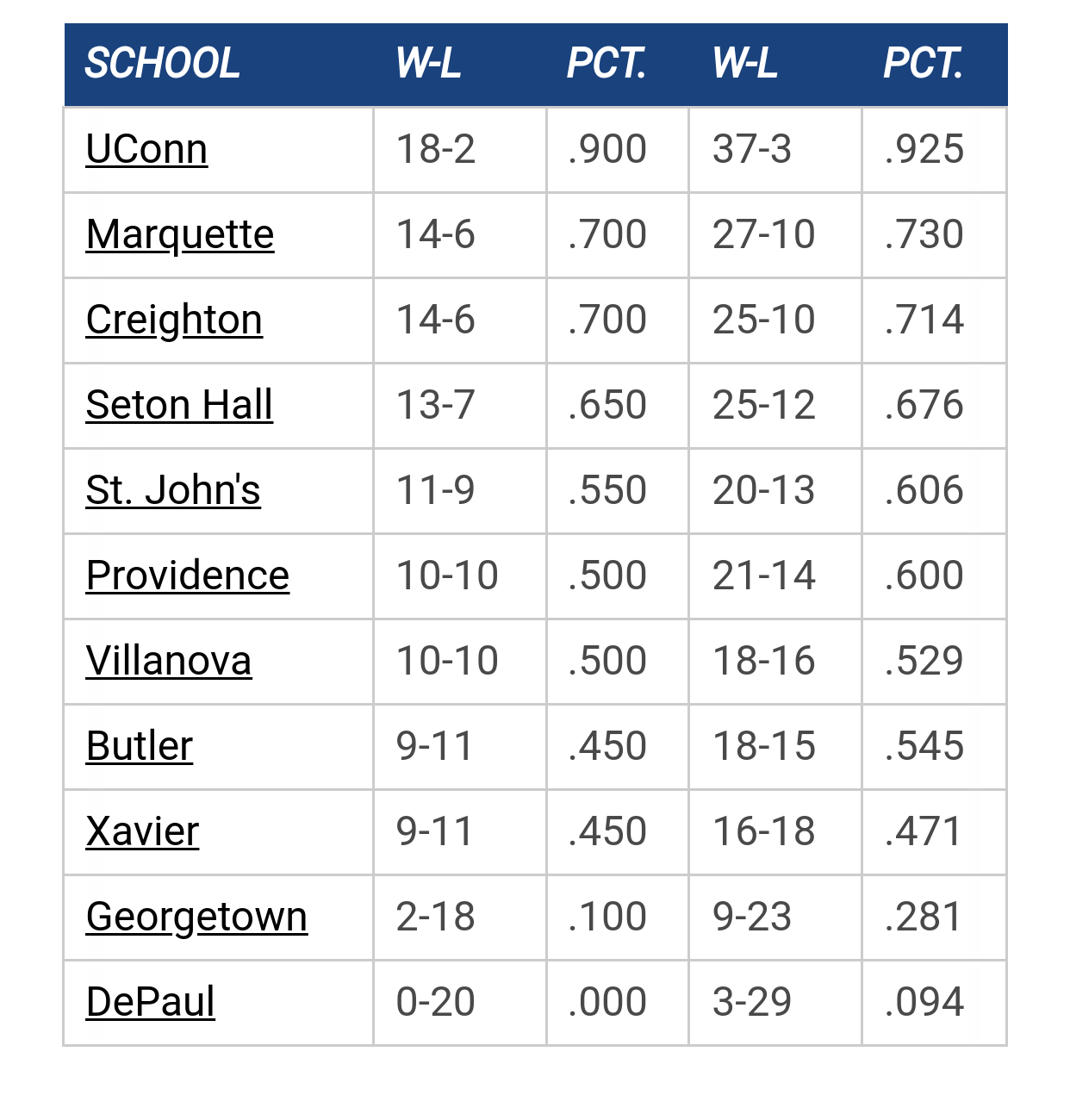- Welcome to MUScoop.
Path to Success 2025-26 in 2026: Rotations by PointWarrior
[Today at 12:32:12 AM]
Losing the Fight by Vander Blue Man Group
[January 01, 2026, 11:11:23 PM]
How bad is MU's shooting .... by Heisenberg
[January 01, 2026, 10:36:24 PM]
Tre Norman by GoFastAndWin
[January 01, 2026, 10:30:12 PM]
What We Knew Is Now Official by wisblue
[January 01, 2026, 07:59:17 PM]
A Collective Failure by SOSW
[January 01, 2026, 07:48:11 PM]
Ben Gold Post Game 12/30 by WhiteTrash
[January 01, 2026, 05:36:16 PM]
[Today at 12:32:12 AM]
Losing the Fight by Vander Blue Man Group
[January 01, 2026, 11:11:23 PM]
How bad is MU's shooting .... by Heisenberg
[January 01, 2026, 10:36:24 PM]
Tre Norman by GoFastAndWin
[January 01, 2026, 10:30:12 PM]
What We Knew Is Now Official by wisblue
[January 01, 2026, 07:59:17 PM]
A Collective Failure by SOSW
[January 01, 2026, 07:48:11 PM]
Ben Gold Post Game 12/30 by WhiteTrash
[January 01, 2026, 05:36:16 PM]
The absolute only thing required for this FREE registration is a valid e-mail address. We keep all your information confidential and will NEVER give or sell it to anyone else.
Login to get rid of this box (and ads) , or signup NOW!
UConn Date/Time: Jan 4, 2026, 1:00pm TV: NBC Schedule for 2025-26 |
||||||
User actions


